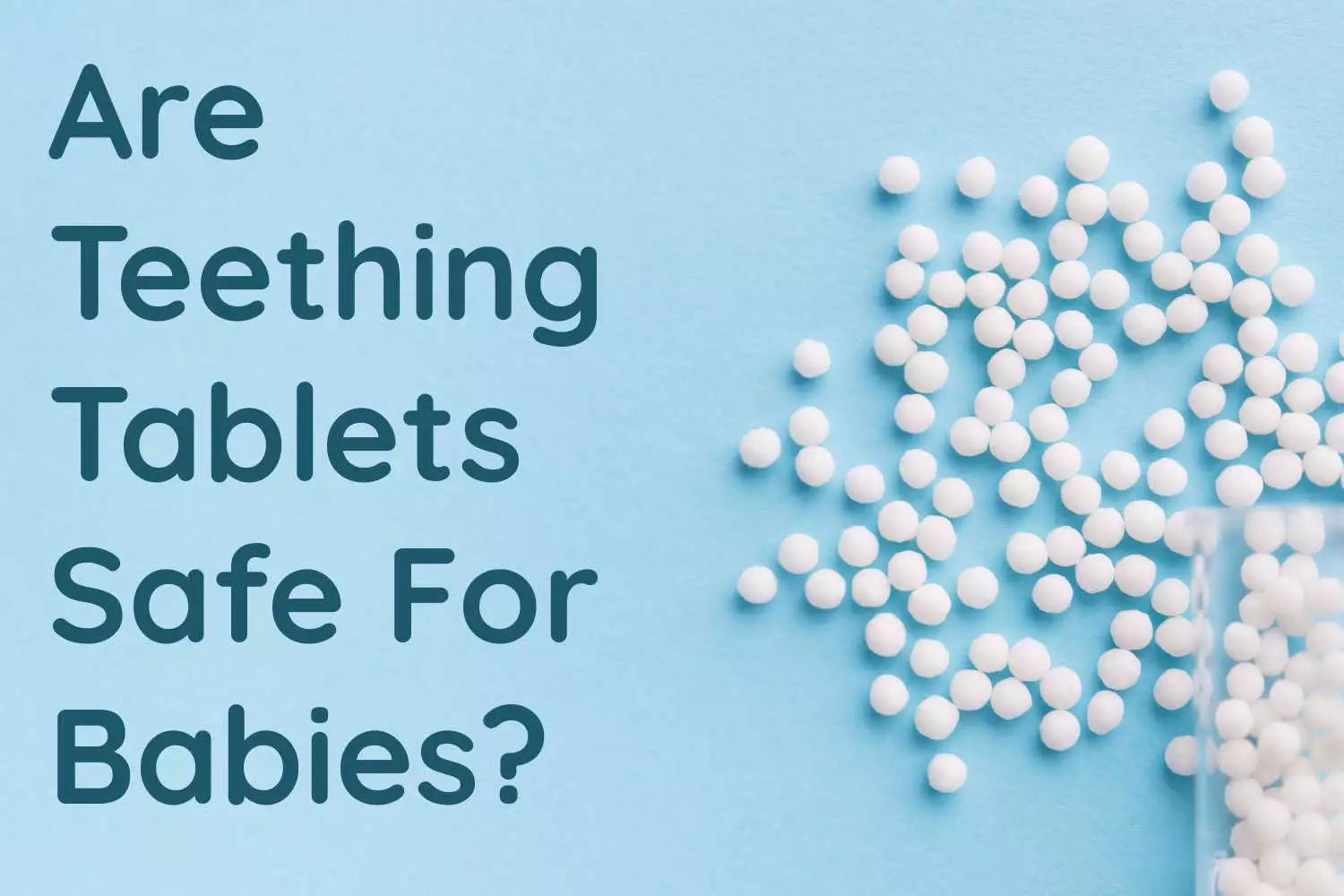
Sticky Eyes in Babies – Causes, Symptoms And Treatments
6 min readWritten by Editorial Team


Is your baby getting watery eyes? Is there any yellow-colored discharge coming from your baby’s eyes? Well, that’s normal. Sticky eyes in babies are a common and natural condition in newborns.
Sticky eyes most often occur due to a blocked tear duct. However, the concern gets better with time on its own as the baby grows. In this article – we will discuss sticky eye conditions in babies and when to consult a doctor.
In This Article
- Are Sticky Eyes in Babies Normal?
- Causes of Sticky Eyes in Babies
- Symptoms of Sticky Eyes in Infants
- Treatment Options For Sticky Eyes in Babies
- Home Remedies For Sticky Eyes in Babies
- How to Prevent Sticky Eyes in Babies?
- When to See a Doctor?
- FAQ’s
Are Sticky Eyes in Babies Normal?
As a new parent, you might get stressed by the sudden yellow discharge from your little bundle of joy’s eyes. It may feel suspicious and concerning as you don’t know about the matter. Take a deep breath – sticky eyes are a perfectly normal situation in newborn babies.
If the sclera, the white part of your baby’s eyes, seems clear, with no redness but only discharge, that’s probably a blocked tear duct. The blockage generally occurs in one eye. Often, both eyes can discharge the liquid. One out of five babies are born with undeveloped tear ducts. If it doesn’t go away after a warm compression – your baby might need medical attention.
Causes of Sticky Eyes in Babies

Some of the underlying causes of sticky eyes in babies include
1. Blocked Tear Ducts
In newborns, sticky eyes can occur around two to three weeks after birth. The inner corner of the human eyes drains directly to the nose. When it gets blocked, it causes sticky eyes. Babies often can have both of their eyes blocked. When the tear duct emerges, it forces the water back to the eye, where bacteria start developing. It can cause severe infection in the eyes.
In newborns, tear ducts or sticky eyes can occur when the nasal tube gets too narrow. Often the nasal tube can get blocked by a plug of cells or mucus, which developed before the baby was even born.
[Read : Blocked Tear Duct In Newborns]
2. Conjunctivitis
Conjunctivitis or pink eye can also cause eye discharge or sticky eyes in babies. It’s an inflammatory condition caused in the conjunctiva, which is a thin membrane protecting the front of the eyes. Due to Conjunctivitis, the white part of the eyes often can become red, unlike the tear duct. Here are some common symptoms mentioned below to recognize the condition in babies.
- Red and irritating eyes
- Discharge or drainage in the eyes after 5 to 10 days of being born
- Tender or puffy eyelids
- Skin discoloration
3. Chemical Irritation
This is another reason causing sticky eyes in newborns. However, doctors often recommend antibacterial eye drops for babies to prevent infection issues.
Symptoms of Sticky Eyes in Infants
In most cases, sticky eyes in babies develop during the first few weeks after birth. Most new mums may get worried with this situation. We advise new mothers to go through these symptoms to know sticky eyes in newborns and how to handle them. Some common symptoms of sticky eyes include
- Yellow discharge (rarely green)
- Pink eyes
- Sensitivity to lights
- Watery or runny eyes
- Babies will constantly squeeze their eyes
[Read : Watery Eyes (Epiphora) in Babies]
Treatment Options For Sticky Eyes in Babies
Since it’s a common condition in babies, medical experts always advise a wait-and-see procedure. In most events, the problem clears up on its own. However, as a general treatment, you can consider hot compression.
- If the discharge and tear duct condition continue for longer, you should visit a doctor. In some cases, the doctor may recommend surgery to remove the block.
- In the case of conjunctivitis, you can consider a gentle warm massage on the eye and nasal area of your little angel with cleaned hands.
- If the symptoms of chemical conjunctivitis last more than 3days, the doctor might prescribe oral antibiotics.
Home Remedies For Sticky Eyes in Babies

The sticky eye is a normal condition, yet if it gets severe, leave the treatment to doctors. But in the case of a typical condition, you may consider the following remedies at home. These may help you manage the sticky eyes.
Before trying any of these remedies, ensure that you talk to the pediatrician and get a go-ahead.
1. Warm Massage
Perform a regular massage on your baby’s eyes and nasal areas.
2. Maintain Hygiene
Hygiene is an issue for almost every infection or condition getting worse. Consider special care in the case of newborns. Babies are sensitive and delicate to their surrounding environment. So, wash your hands regularly and keep the ambience clean, hygienic, and intact. It’s a vital step to prevent exposure to allergens and pathogens. Ensure that nobody in your family with allergies or infections comes in contact with the baby.
3. Antibiotic Solution
In some cases, doctors may prescribe some eye drops or antibiotics for eye cleaning. Follow those rules carefully.
4. Cold Compress
Excessive discharge in the eyes can cause flakiness and eye blockage. By giving cold compression, the baby can open his eyes as it dissolves the flakiness. Massive discharge can cause crusts or tears in the eye corner. Hence, you can use sterile cotton balls/ a soft cloth dipped in saline solution to wipe off the crust. Otherwise, the eyelids of the baby can get glued to each other.
Saline Solution – Massive discharge from the eyes can cause curst or tears in the eye corner. Hence, you can use sterile cotton balls/ a soft cloth dipped in saline solution to wipe off the crust. Otherwise, the eyelids of the baby can get glued to each other.
How to Prevent Sticky Eyes in Babies?
Sticky eyes or blocked tear ducts is a typical condition in newborns, and nobody can prevent it from occurring. Usually, the problem begins and vanishes on its own normally within the first few months of the baby being born.
When to See a Doctor?

If you notice severe Sticky eyes in babies accompanied by some adverse signs and symptoms, you may have to visit a doctor.
Notice the following symptoms:
- Fever
- Itchiness and redness in the eyes
- Swollen eyelids
- The eye area is sensitive to touch
- The eye area is red with tenderness
- Sensitivity to light
- Partial Nose Swelling
- The condition lasts for a long time
- Greed or red discharge from the eyes
- Constant Squeezing of Eyes
- If the tear duct continues to be blocked till the age of 1 year
Although sticky eyes in babies are a common condition, call for immediate medical help if you notice any symptoms from the mentioned section. Puffy and tender eyes, green and red discharges, and bump in the corner of the eyelids are a severe indication.
In case of these signs, you must understand that your baby needs medical attention immediately. You can also consult a doctor in the initial stages for better understanding.
[Read : Surprise Uses of Breast Milk Other Than for Feeding]
FAQ’s
1. How Long Do Sticky Eyes Last in Newborns?
Sticky eyes may continue for almost 6 to 8 months of your baby. If it persists for more than 1year, consult your baby’s doctor immediately.
2. Does Breast Milk Help With Sticky Eye?
As per some beliefs – breast milk helps clear the goopy eye or eye infection due to yellow discharge. However, there is no valid medical proof to support this statement.
3. How do You Unblock a Baby’s Tear Duct or Sticky Eyes?
Blocked tear duct clears on its own for babies under 6 months. Yet, you can use a sterile soft cloth or cotton ball to clean that area. Also, you can give a warm massage to your baby under a doctor’s supervision to soothe the condition.
Read Also: Why Does Your Baby Rub His Eyes And How To Prevent It?

Editorial Team,
With a rich experience in pregnancy and parenting, our team of experts create insightful, well-curated, and easy-to-read content for our to-be-parents and parents at all stages of parenting.Read more.
Responses (0)
Want curated content sharply tailored for your exact stage of parenting?
Related articles

Top 8 Best Cloth Books For Babies in First Year

Passion Fruit (Krishna Phal) For Babies – Is it Safe, When to Introduce and Benefits

Spaghetti Play For Babies – How it Helps in Baby’s Development

Postpartum Insomnia – Causes, Symptoms and Ways to Prevent

Teething Tablets For Babies – Are They Safe, Side Effects and Alternatives

Top Activities For a 2 Month Old Baby – Benefits and Tips For Parents
Sponsored content
Discover great local businesses around you for your kids.
Get regular updates, great recommendations and other right stuff at the right time.





